Growing Demand in Surveying and Mapping
The laser scanner market in Canada is experiencing a notable surge in demand, particularly within the surveying and mapping sectors. This growth is driven by the increasing need for precise and efficient data collection methods. As industries such as construction, mining, and environmental monitoring expand, the reliance on laser scanning technology becomes more pronounced. In 2025, the market is projected to reach approximately $200 million, reflecting a compound annual growth rate (CAGR) of around 15% over the next five years. The ability of laser scanners to produce high-resolution 3D models enhances their appeal, making them indispensable tools for professionals in these fields. Consequently, the laser scanner market is poised for robust growth as it adapts to the evolving needs of various sectors.
Regulatory Support for Advanced Technologies
Regulatory frameworks in Canada are increasingly supportive of advanced technologies, including laser scanning. Government initiatives aimed at promoting innovation and efficiency in various sectors are likely to bolster the laser scanner market. For instance, policies encouraging the use of digital technologies in infrastructure development and environmental assessments are paving the way for greater adoption of laser scanning solutions. This regulatory support not only enhances the credibility of laser scanning applications but also encourages investment in the technology. As a result, the laser scanner market is expected to benefit from a favorable environment that promotes technological advancements and their integration into standard practices across multiple sectors.
Rising Demand for Infrastructure Development
The ongoing infrastructure development projects across Canada are significantly impacting the laser scanner market. With the government committing substantial funds to enhance transportation networks, utilities, and public facilities, the need for accurate surveying and monitoring tools is paramount. Laser scanners offer the precision required for effective planning and execution of these projects, thereby driving their adoption. In 2025, it is estimated that infrastructure investments will exceed $100 billion, creating a substantial market opportunity for laser scanning technologies. The laser scanner market is likely to thrive as stakeholders seek reliable solutions to meet the demands of large-scale infrastructure initiatives.
Increased Focus on Safety and Risk Management
Safety and risk management considerations are becoming increasingly critical in various industries, influencing the laser scanner market in Canada. The ability of laser scanners to provide detailed 3D representations of environments allows for better hazard identification and risk assessment. Industries such as construction, mining, and oil and gas are leveraging this technology to enhance safety protocols and minimize accidents. As organizations prioritize worker safety and regulatory compliance, the demand for laser scanning solutions is expected to rise. The laser scanner market is thus positioned to grow as companies invest in technologies that support safer operational practices.
Integration with Building Information Modeling (BIM)
The integration of laser scanning technology with Building Information Modeling (BIM) is significantly influencing the laser scanner market in Canada. As the construction industry increasingly adopts BIM for project management and design, the demand for accurate 3D data becomes critical. Laser scanners provide precise measurements that can be directly incorporated into BIM systems, facilitating better planning and execution of construction projects. This synergy not only enhances efficiency but also reduces costs associated with rework and errors. The laser scanner market is likely to see a substantial increase in adoption rates as more construction firms recognize the benefits of this integration. By 2026, it is anticipated that the market will witness a further 20% growth due to this trend.

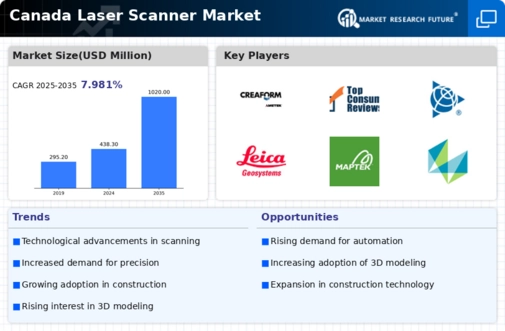
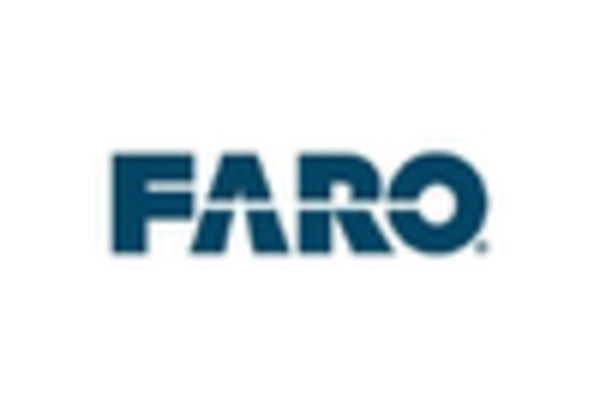
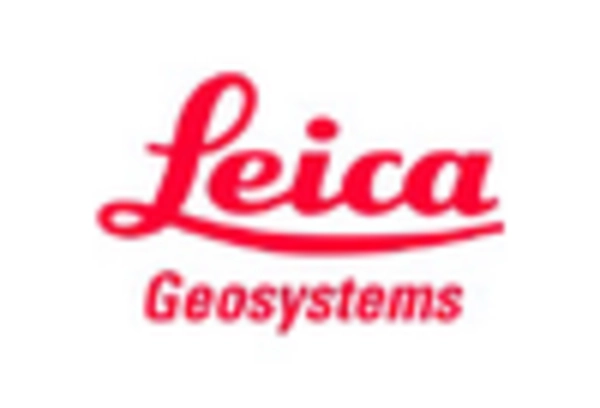

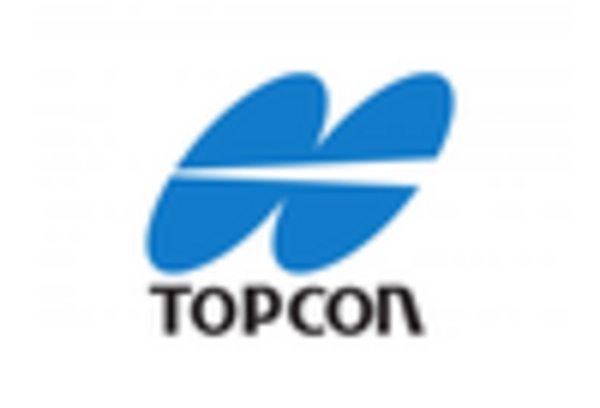
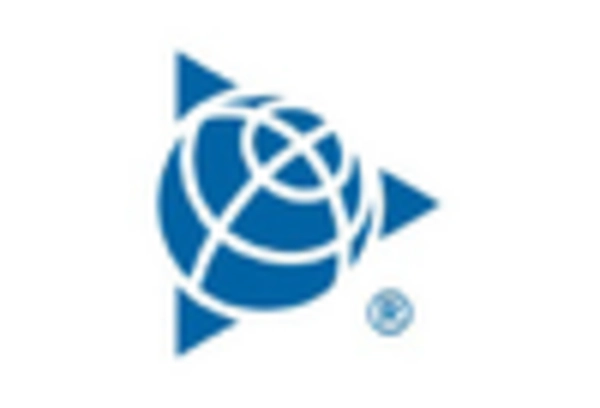
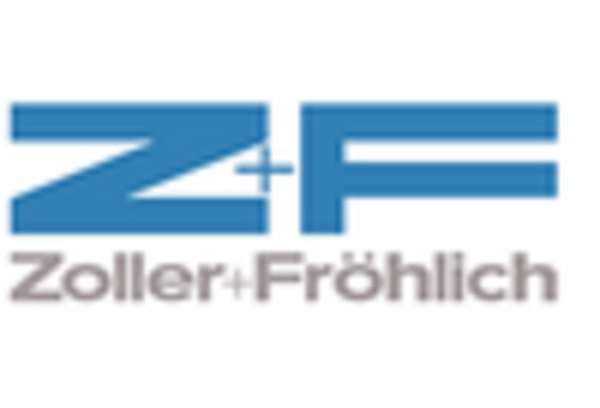








Leave a Comment